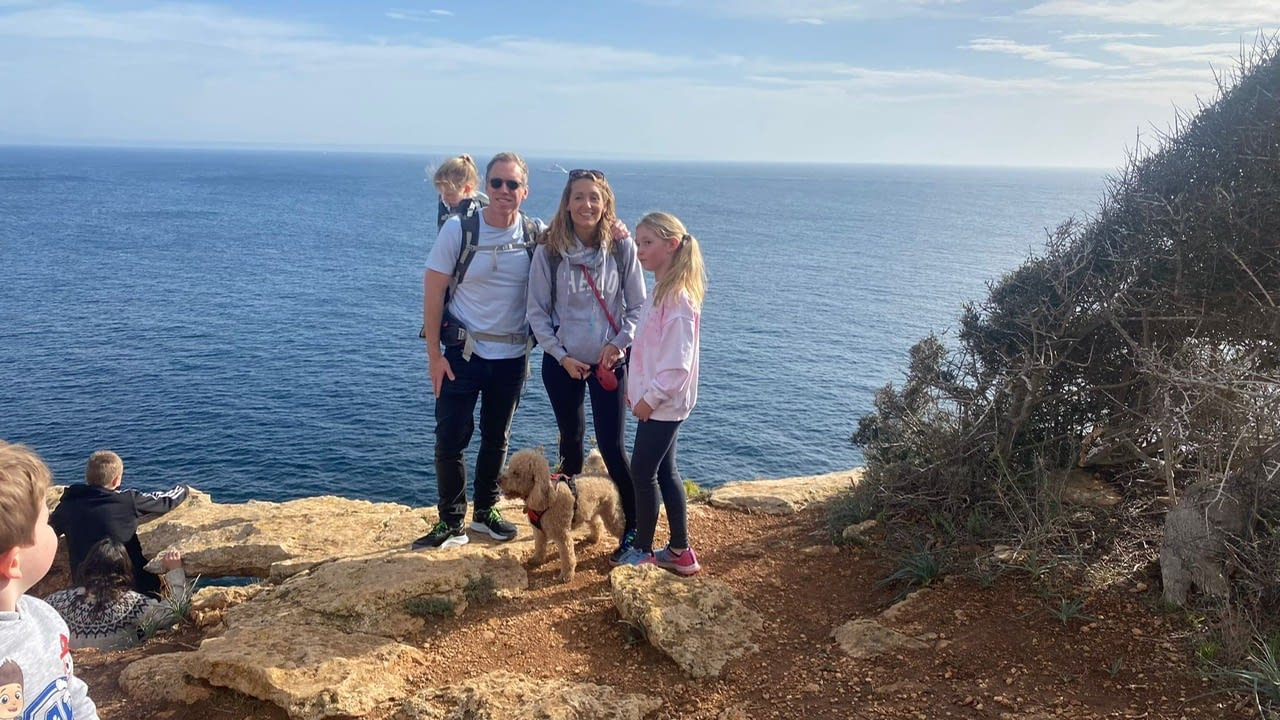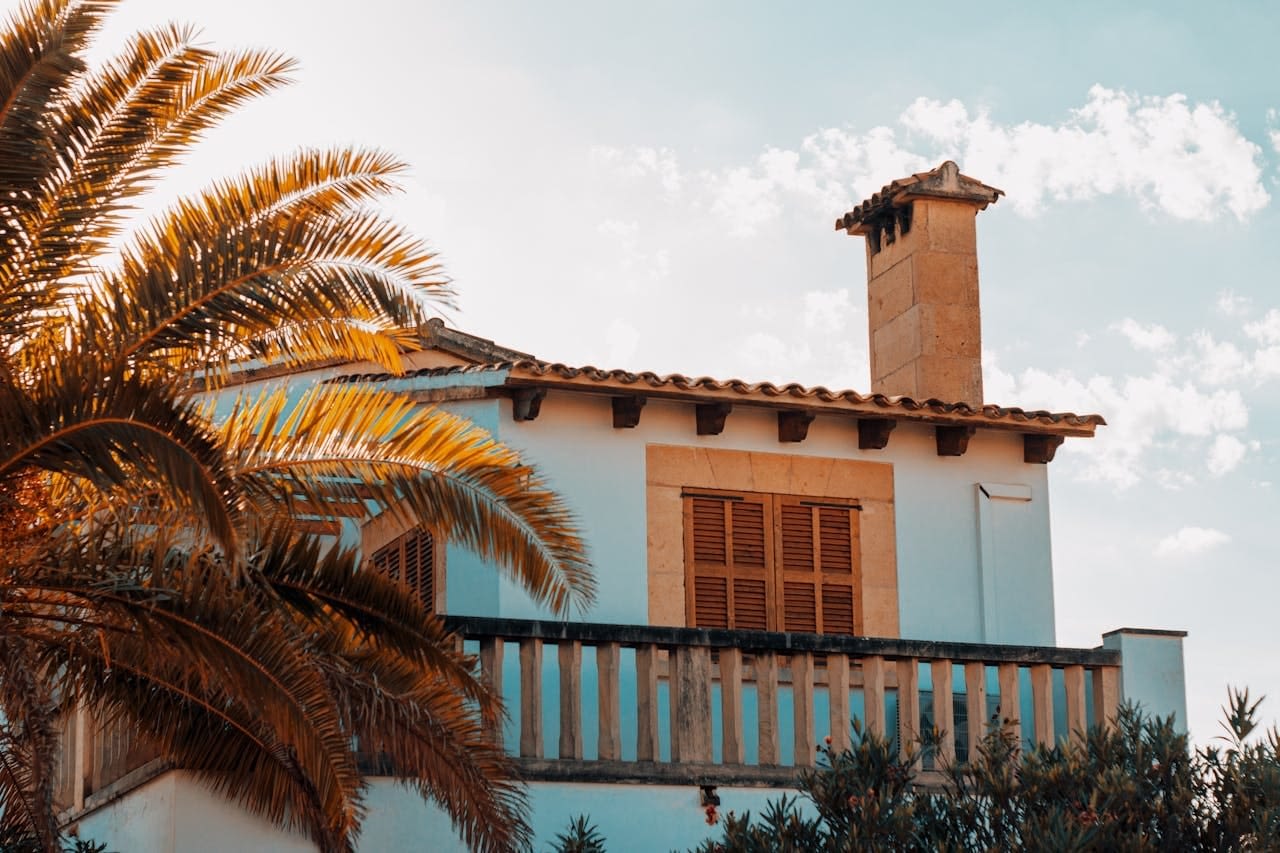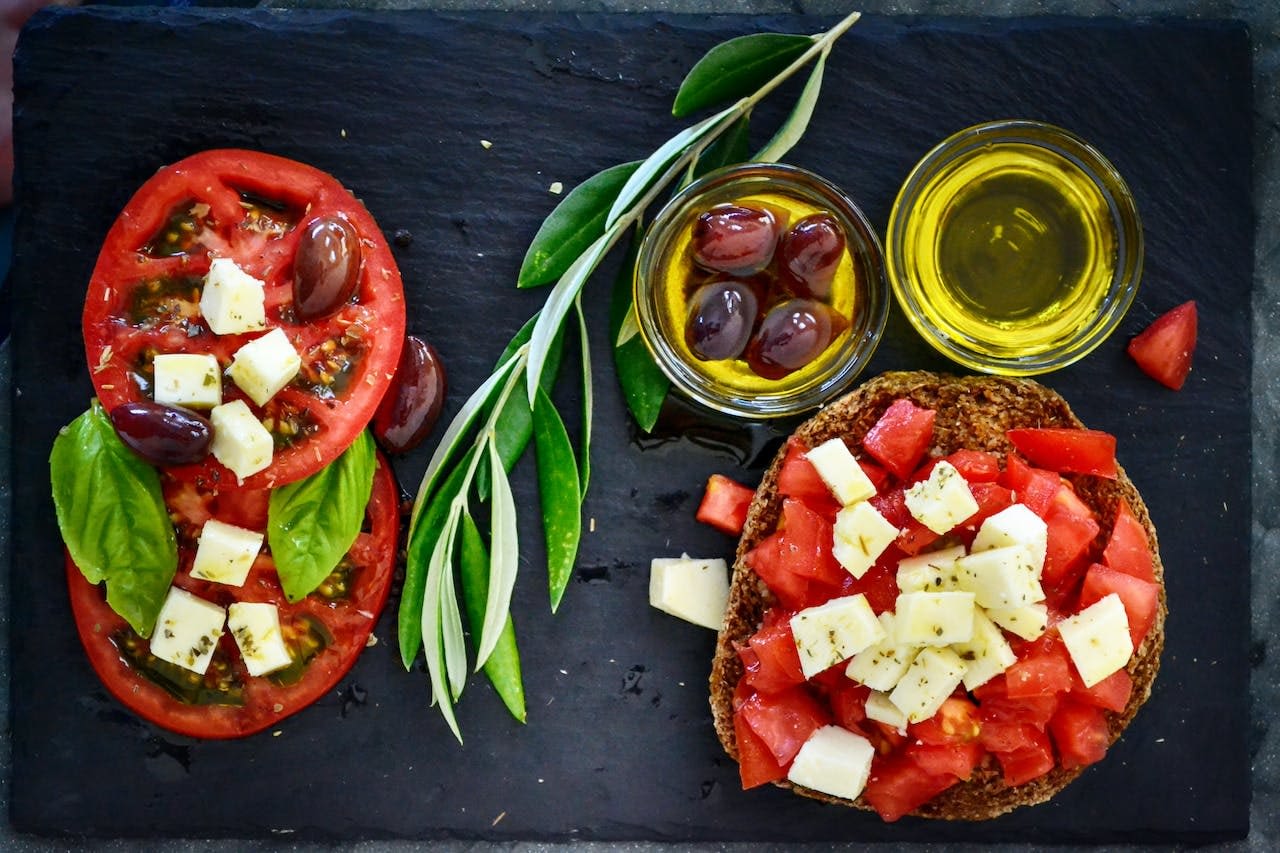Moving To Spain – A 6-Month Reflection
Last year, after a turbulent few years running our UK business and constantly racing through life, we decided it was time for a positive change. We moved to Spain seeking a better quality of life while our children were young enough to adapt quickly. In this blog, I will share our journey from deciding to move to facing various challenges and the lessons we learned along the way. Now, six months into our new life in Spain, I reflect on whether it was all worth it.
The Decision – Moving To Spain
Life in the UK felt like a blur; we were always rushing and juggling responsibilities and barely had time to enjoy the small moments. We have always been drawn to the more relaxed Spanish lifestyle and its sunny climate. A stark contrast to the UK, where we seemed to hibernate for months on end with the gloomy weather. We were always anticipating the next holiday without truly living in the moment. For years, we had craved living by the sea and enjoying a more outdoor lifestyle.
Realizing a change in mindset was necessary, we decided to move, and this was the year. We always put things like this on the back burner, but when is it a good time to do something like this?
Mallorca has been our beloved holiday destination for 20 years and held a special place in our hearts, making it the natural choice for our new home. We couldn’t imagine going anywhere else, as it already felt like a home away from home.
Moving to Spain from the UK has become more now complicated post Brexit due to our non-EU status. However, when Spain announced the new Digital Nomad Visa in 2022, the initial seed was planted, giving us a viable option for our move.
Moving To Spain – Planning the Impossible
With a move as big as this, timing is everything. Gathering all the required visa documents has a lead time and each document has its own shelf life. Selling our home without knowing how long it will take. Moving the children’s school at the least disruptive time for their easy transition. And finally, putting the visa application in so we could be in Spain within 30 days of the visa decision. It was as challenging a juggling act as it sounds, and we just braced ourselves with the end goal in sight.
Our Timeline
It was early 2023 when we started researching as much as we could about the Digital Nomad Visa. This was a challenge because all the details were still filtering out. As it was still in its infancy no one had the full picture of the application process and timings.
April – Visa Documents
By the end of April, we had commissioned an expert to help guide us through the application process as we felt it was too much of a challenge on our own, taking into account language barriers and the renowned Spanish administration. We started applying for all the required documents, such as new birth certificate copies for the children, a new copy of our marriage certificate, an ACRO certificate, an A1 certificate from HMRC, and all the relevant employment-related documents. These then all needed to be officially translated and apostilled. For more details on the specific requirements of the Digital Nomad Visa, read our guide here.
May – House On The Market
We put our house on the market in mid-May; we were fully committed to the plan but had no idea how long it might take to sell.
June – House Sold
It only took us one month to sell, so everything was going according to plan by mid-June. Although this was good news, the reality started to set in, and I was terrified something would go wrong and we wouldn’t have anywhere to live. In June, we also finalized the school choice for the children, and we had all our documents in place apart from the A1 certificate from HMRC. This was hugely backlogged, and so many people were reporting that they were waiting up to six months for it to come through.
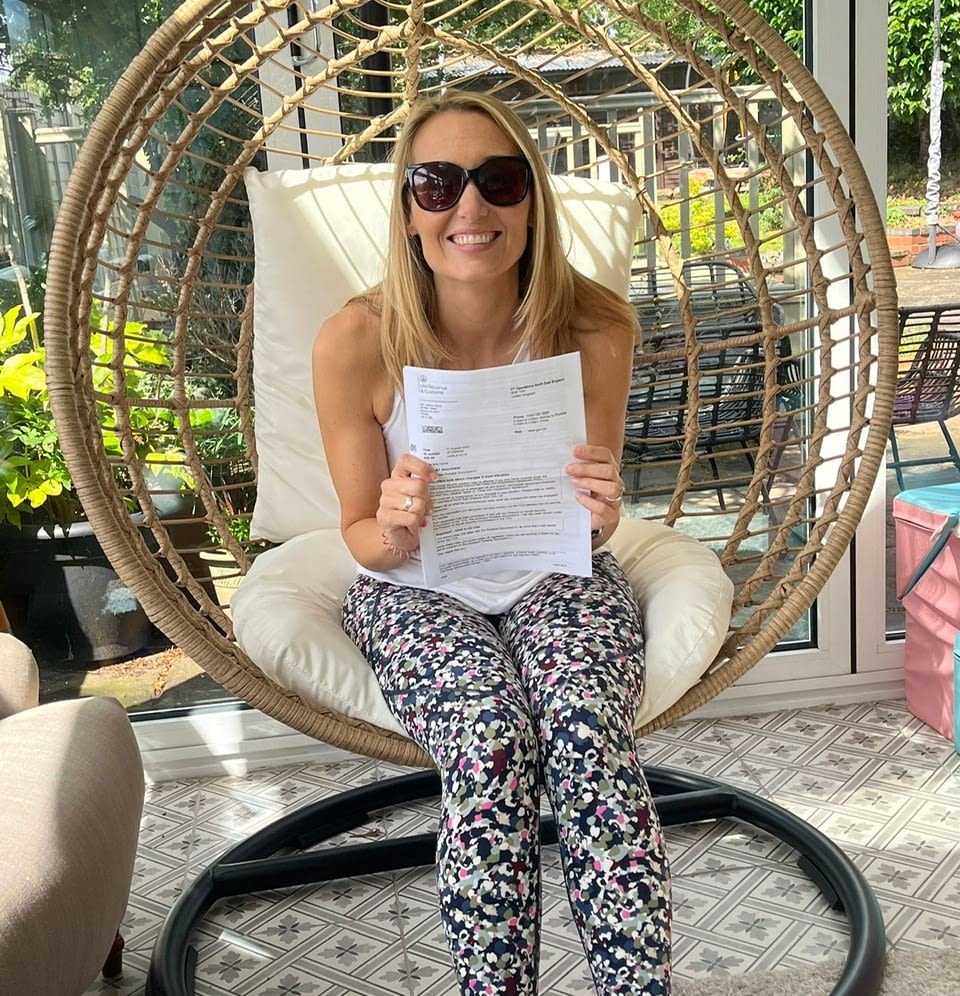
August – Visa Application
To a huge sigh of relief, our A1 certificate, the final piece of the puzzle, arrived just in time for our trip to Spain in August to submit our visa application. Applying from within Spain is quicker and provides a two-year visa instead of a one-year visa at local consulates. However, local consulates weren’t taking applications at the time we applied.
Schools
After doing our research, we opted for an international school; these schools teach the British curriculum, and all classes are taught in English. There are a lot of International schools in Spain. We did most of our research online and then arranged visits for the ones we liked the look of the most to get a real feel for them. Arranging a school place is something you must be out ahead of as they generally run to small class sizes, and some have waiting lists. The local schools are a good option, but with our language barriers and having a 9-year-old daughter, we thought the transition might be more challenging for her that way. The added complication in Mallorca is that the local schools all teach in Catalan.
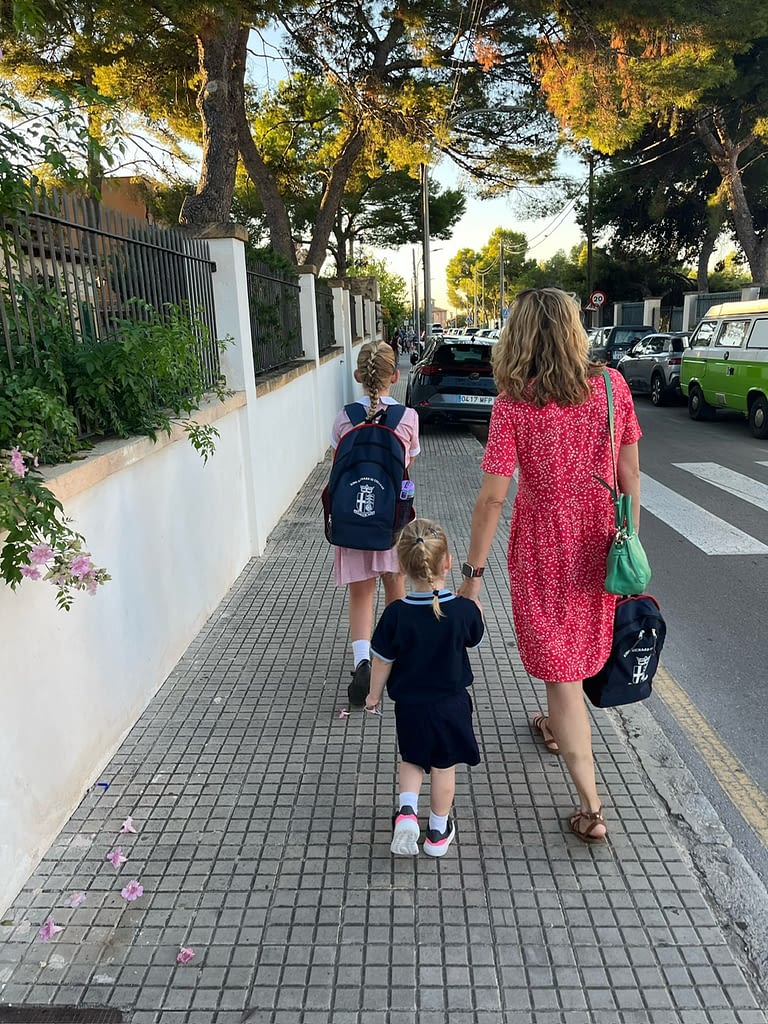
Our experience with school so far has been a positive one. The children settled in well, although our older daughter took several months and a year group change to do this. She is super happy now with lots of new friends. I particularly love the international nature of the schools. The children have friends from all corners of Europe and the World, and they learn several languages, which is something I have always felt is lacking in the UK, and to be honest, I am very jealous of.
The Logistics
Anyone who has ever moved house knows how challenging that alone is. Coordinating the house move with visa timings, school terms, removal companies, and, of course, the rest of the chain felt almost impossible. Difficulties with others in our chain delayed the sale. We had no choice but to move out of the house before we exchanged, something all solicitors advise against.
Moving Out
We moved out of our home in mid-September, although it didn’t complete until we were already in Spain at the end of September. The removal company had packed up all of our belongings and were holding them. They then awaited confirmation so they could bring them to Mallorca.

Due to the delay in applying for the Visa, we hadn’t been able to time the move for the start of the school term. So the children just went back to school in the UK in September. We were grateful that we hadn’t given up their place at school at that point.
Visa Approval
We then moved in with family for two weeks while we waited for the visa decision to come through. We weren’t contemplating that it was going to be denied; all our flights were booked. Our dog was booked in to be transported, and I had notified the school that the children were leaving. Driven by a dogged determination that it would be okay in the end, it was all systems go!
I will never forget the day we found out our visa was approved. It was Sunday morning, and we were sitting in the café at the gym when a Spanish number popped up on my phone. Our lawyer just happened to be catching up on her emails and saw that our decision had come through late on Friday. It had only taken them 15 days instead of the outlined 20. All the emotions of the last few months came flooding out as I burst into tears in the middle of the café.
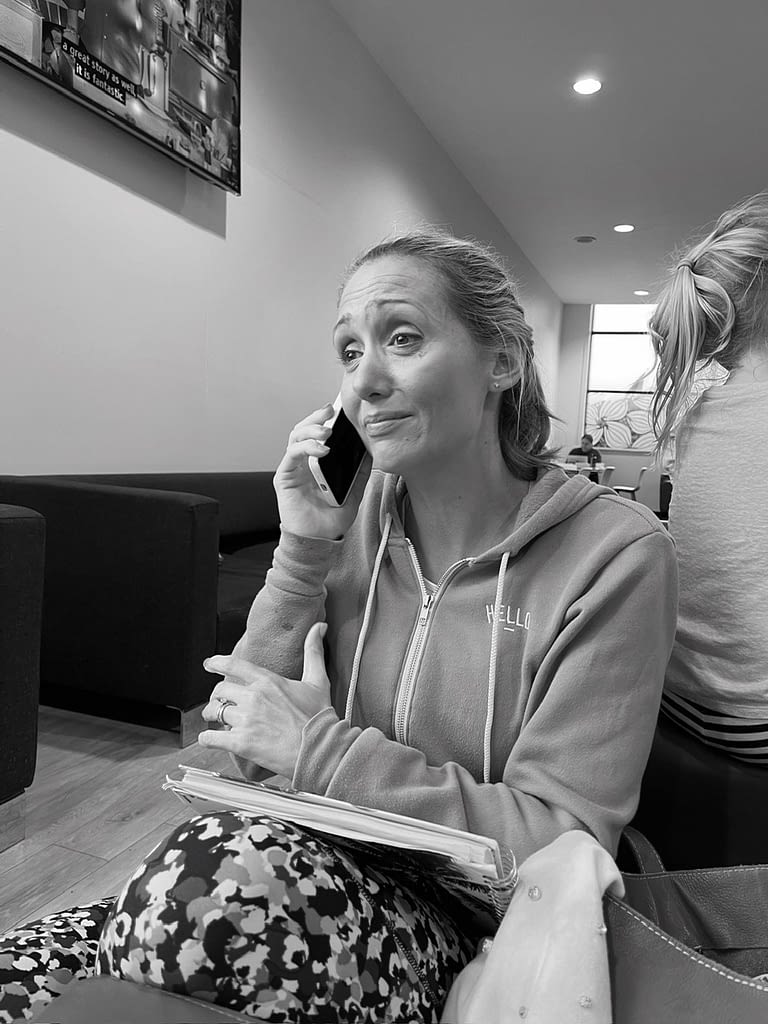
This meant we went into the next week safe in the knowledge everything was fine. We waved off our dog Merlin on Monday. A specialist pet transporter was driving over him, and we flew out on Wednesday to meet him there.
Moving To Spain – Settling In
We managed to find a new home while we were in Spain in August for our visa application. Summer is generally not a good time to be looking, as many properties are used as holiday rentals. Towards the end of Summer, a few more options are available, and we were fortunate to secure something. This wasn’t without stress; we had to sign the contract and pay a deposit and rent upfront. All of this was before our house sale was complete and we had our visa. Believe me, I had many sleepless nights at this point.
We have been delighted with our new home. We chose somewhere by the sea but with life all year round. Some parts of Mallorca are so touristy that they can feel like ghost towns in winter, so we wanted to avoid this. We also wanted to live in close proximity to Palma; we absolutely love having the city on our doorstep.
The beauty of Mallorca is that nowhere is far away. The sea, the mountains, the countryside and the city are all within an hour of wherever you are based.
Integrating Into Spanish Life
Upon our move to Spain, we encountered numerous local administrative challenges. These seemingly simple tasks were not anticipated to be such hurdles. However, we felt a sense of accomplishment each time we successfully navigated through them.
- A Spanish phone number—You need one of these to do most official tasks They simply won’t let you enter anything other than the standard 9-digit Spanish number. This includes bank accounts, Broadband, Utilities, and administrative appointments.
- NIE Number—This is your foreigner identification number. It was issued with our visa, but you can also apply for it separately. This number is requested constantly, from when a parcel is delivered to your home and on every single form you fill in.
- Language Barriers—Despite thinking you go on holiday to Spain and everyone speaks English, this is simply not the case. If you can take some time to learn the language, I would strongly advise this. Outside of a restaurant or hotel, I have found very few people speaking English, particularly in official settings.
- Padron—Everyone needs to do this when they move to Spain at the local town hall. You are basically letting them know you have moved there. Similar to our electoral roll, this is a requirement, not an option. They issue you a certificate, which you will need to obtain your TIE.
- TIE—Residency Card. To prove you are a Spanish resident and are entitled to stay beyond 90 days, you need to apply for your TIE within 30 days of being issued with your visa. In practice, this is impossible, but they don’t hold you to it. Getting an appointment for you and your entire family is a challenge in itself. Everyone must be present, and all children aged 6 and over must provide fingerprints, too.
- Driving Licence – You can only drive on your UK license for the first six months. After that, it is illegal, so you must exchange your UK license for a Spanish one. This is easier said than done, and getting an appointment was a challenge. You need to have received your TIE and take a health test beforehand. We were just grateful that we hadn’t had to fully take a Spanish test. Post Brexit, many people had to do while negotiations dragged out on the license exchange.
We found many valuable sources that helped us along the way, particularly After Brexit in Spain and Digital Nomad Visa Spain and Spanish Digital Nomad Visa (DNV). In Mallorca, the I Have A Question Facebook group has been helpful for all local issues and questions.
Reflecting On The Journey
As I sit here now, reflecting on our journey over the last 12 months, it is actually quite hard to believe we did it. Despite all the hurdles, we made it, and I’m in awe of how far we have come. I can, hands down, say it was one of the most stressful things we have been through. But it was 100% worth it, and I would absolutely go through it all over again in a heartbeat.
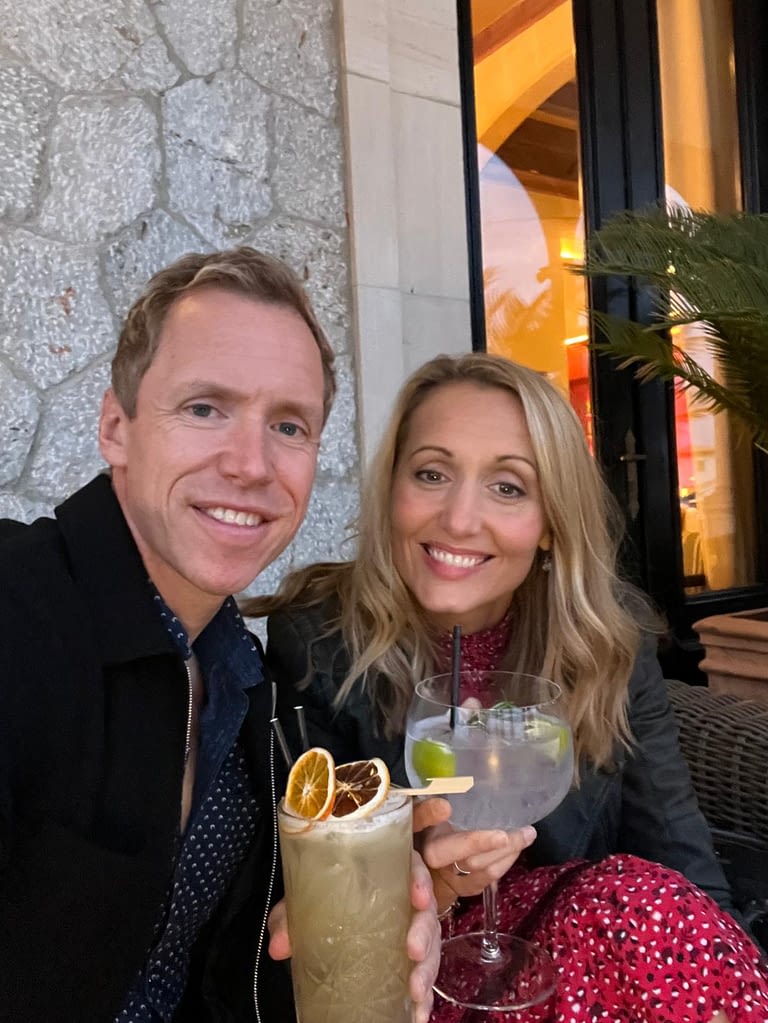
Of course, life has its usual daily challenges, but every single day, I spend in my happy place. Watching the sea from my home office and enjoying being out in the sun every chance I get, I wouldn’t change a thing.
Of course, we miss family and friends, but we are still close by, being only a 2-hour flight away. We have made fantastic new friends since being here in a short time. The international community in Mallorca is fabulous; everyone is so open and friendly. Everyone we meet has an interesting story about what brought them to the island. We all share a love for Mallorca, and almost everyone has been in the same position at some point in time, new and finding their feet.
All in all, I can, hand on heart, say that I would do it all over again. Every day, I wake up so grateful to be here, and long may it continue.

